A blogger’s work never ends.
There’s relentless pressure to keep creating content that entertains, inspires, and moves people to action.
This makes blogging a super high-maintenance field.
To gain headway, you have no choice but to immerse yourself completely in the ever-evolving digital space.
Put simply, blogging isn’t for the faint of heart.
After being at it for more than ten years, I’ve got some advice: Every drop of blood, sweat, and tears required to grow a blog is worth it.
Does anyone agree with me?
It looks like it. A resounding 6.7 million people blog on blogging sites, and 12 million blog on social media networks.
For some, it’s a means to support their business goals.
For others, blogging is their business.
Just take a look at Darren Rowse. His personal blog about blogging is the foundation of his multi-million dollar business.
Whatever camp you fall in, if you’ve been blogging for a while, you may have asked yourself these questions.
“Is blogging really worth my time and money?”
“Should I kill off my blog?”
These are valid questions.
In this article, I’ll help you come up with valid answers.
First, we’ll look at a few “false flag” reasons you may feel like calling it quits and how to get past them.
Why dwell on the false flags?
I don’t want you to make a permanent decision based on problems that can be fixed easily.
It could simply be a case of you using the wrong strategy.
Then, we’ll get into the circumstances that may warrant killing off your blog.
Let’s jump in.
Why blogging is ridiculously hard, and why you should do it anyway
Here’s the bottom line.
For your blog to gain traction, several elements must come together seamlessly.
- Your audience targeting has to be on point.
- Your content has to be of superb quality.
- Your PR strategy has to be brilliant.
And that’s just the beginning.
Each of these elements has details to be worked out.
Is it hard work? Yes, but the rewards can be remarkable.
I can say with certainty that blogging has been one of my best business decisions. It helped me attract a large and loyal audience organically.
This is why I’m encouraged by the 53% of marketers who consider blog content to be their top priority.
With the right tactics, they will reap the rewards.
You can do the same.
Here’s an overview of what you can achieve with blogging.
- Attract the right audience.
- Convert your readers into warm leads by providing immense value.
- Close the deal by turning those leads into customers.
- Delight your customers into becoming evangelists for your brand.
In a nutshell, blogging is a powerful strategy to get people through these four stages of the inbound marketing funnel.
Here’s what the inbound methodology looks like.
That’s the awesome chain reaction that blogging can set in motion for you!
It’s no wonder that it is considered to be one of the highest ranking content marketing techniques.
Even with all the possibilities that blogging provides, success may feel like it’s out of your reach.
The result?
You may be compelled to call it quits.
Sometimes, these feelings are valid.
More often than not, there are simple reasons why your blog may not be performing as you’d like.
You can turn this around.
How to make your blog work for you
There are many problems that come with scaling a blog.
Some are more troublesome than others.
Here are the three most common “false flags” and what to do about them.
False flag #1: You’re not getting enough traffic to your content.
On the bright side, you’re not alone.
This is one problem that has left many bloggers discouraged.
HubSpot reveals that traffic generation remains one of the toughest marketing challenges for bloggers and businesses.
Is it frustrating when no one reads the content that you put hours into creating? Of course.
But that’s the nature of the game.
There’s simply too much content competing for attention.
Here’s how you can fix your traffic problem.
1. Master organic search. Search engines are your best ally if you know how to create content that they love.
The key is to optimize your posts with the keywords that your target users are searching for.
2. Build an engaged email list. My email list is one of my largest traffic sources. You can alert your list every time you publish new content.
If you ever plan to monetize your blog, your email list will be one of your highest converting channels.
Want proof?
Email ranks as the top channel for driving leads. (73% of survey respondents say so.)
3. Tap into existing traffic. If your target audience is not reading your content, chances are, they’re hanging out somewhere else.
Find out who those other players are, and reach out to them to collaborate.
You can write guest articles or co-create content.
Either way, some of their readers are bound to gravitate towards you.
What’s the key to tapping into someone else’s readership?
Ensure that your message is aligned with the interests and pain points of their audience.
4. Pay to promote your content. Organic traffic takes time and strategy to drive. If you have neither of those, you’ll be disappointed in your results.
The solution?
Drive targeted traffic to your posts.
Facebook Ads are your best bet. They’re cheap and effective.
In fact, the average cost per click for Facebook Ads across industries is a meager $1.72.
False flag #2: Readers aren’t engaging with your content.
Lack of engagement is another common problem.
Most times, it’s because bloggers simply don’t have a formula for creating engaging content.
In fact, 56% of content marketers agree that this is their top challenge.
Here’s my advice to fix your engagement problem.
1. Get clear on your target audience. When you know the people who you’re trying to reach, you’re more likely to create content that will resonate.
Do some detective work to get into your readers’ heads. Then, you can create audience personas to capture your insights.
2. Write better quality content. Increasing engagement can simply be a matter of writing better. A captivating headline, compelling introduction, solid visuals, and readable text are great places to start.
3. Be proactive about fostering engagement. Here’s the deal: You must call your audience to action.
Ask them questions, use clear and persuasive call to actions, and be active in the communities that form around your blog.
For example, you can ask questions at the end of each blog post to encourage more blog comments.
Like this:
False flag #3: You’re not seeing any growth.
Blogs often grow in tiny steps. While it’s frustrating, it isn’t unusual.
Even some of the top bloggers had to deal with this at some point. Myself included!
Unless you’ve been blogging for an entire year without fail and have seen no progress, this may not even be a problem.
If you’re confident that you’re putting the right strategies to work, give it some time.
However, there are some things that you can do to accelerate your blog’s growth.
1. Network extensively. The saying “it’s all about who you know,” holds true in the online world.
The connections that you make with other bloggers and influencers are critical. After you’ve established a relationship, there can be a fair exchange of value that benefits both parties.
2. Focus on building one content distribution channel at a time. It sounds counterintuitive to only focus on one thing when you’re trying to grow rapidly.
Trust me. It works.
Don’t spread your time and resources across several channels.
It amazes me that the average content marketer uses 13 different types of content distribution channels.
That’s insane!
I recommend that you focus on mastering one channel and later leverage your success to build the others.
3. Be consistent with your publishing schedule. Success in blogging is largely about how frequently you show up to serve your audience.
The more you write, the more traction you can gain.
In fact, it’s been proven that once you write 21-54 blog posts, your traffic can surge by 30%. Similarly, publish 52+ blog posts and see a 77% increase.
Now that I’ve shared some strategies to help grow your blog, let’s get into the meat of the matter.
When is it okay to call it quits?
Here are some valid reasons.
1. You’re no longer connected to your blog’s purpose
Here’s the deal.
Any work that you’re not excited about will eventually burn you out.
That’s particularly true for blogging.
If you’re no longer invested in the outcome, you’ll have a difficult time showing up to do the work that is required.
Hear me out. I’m not making a case for only doing work that you’re passionate about.
Purpose and passion don’t always overlap.
You can perform tasks that you don’t love, but still be invested in their purpose.
Simon Sinek points out in this TED Talk that the world’s most successful people all use one overarching principle.
This principle guides their every action in business and life.
What is it?
The golden circle.
At the center of that circle is the famous “why?” question.
Your purpose is the single determinant of the action steps that you’ll take to accomplish your goals.
What is a valid “why?”
Simon says that a revenue goal doesn’t qualify.
A specific figure is a result, not a purpose.
If you’ve lost sight of your blog’s “why,” you can either reconnect with it or rethink your blog.
2. You don’t have the resources to maintain your blog
Blogs cost time and money to thrive.
Web hosting, design, contractors, software, and PR are just a few of the things that can rack up a hefty bill.
What exactly is hefty?
It depends on the scale of your blog.
You can have a bill anywhere from a few hundred dollars to several thousand every month to maintain your blog.
That’s not to say that you need a large budget. In fact, blogging is one of the most cost-effective ways to build an audience.
Active blogs draw 6.9 times more organic search traffic as opposed to having no blog.
There are also many free alternatives to the tools that you may use to grow your blog.
When does a lack of resources become a problem?
It’s largely when you have no time to put into marketing strategies that work.
For one, quality content is essential. You can either choose to outsource your writing or do it yourself.
When you’re in the start-up phase of your blog, time may be all that you need.
However, if you want to scale up to a point where you have your own team, it requires revenue.
Are you at the crossroads where you have neither time nor money?
It may be time to reconsider your blog.
3. There are more effective means to achieve your business goals
Blogging is just one subset of content marketing.
While it’s one of the most effective techniques, it’s not your only option.
You may decide that your time and money are better invested in another content marketing initiative.
Perhaps a podcast or a YoutTube channel may be more effective in generating leads for your business.
Video, in particular, has gained massive popularity in recent years.
That’s probably why 48% of marketers are planning to use YouTube to distribute content in the coming year.
How can you know for sure if another channel will be more effective?
Here’s what you need to consider.
- What are your business objectives moving forward?
- Where can your ideal audience be found?
- Is there one channel that they frequent?
- Are these channels worth pursuing?
- How much traffic can you get from each channel?
- Will it be difficult to convert this traffic into leads for your business?
- What’s the cost/benefit of each channel? How does your blog compare?
These questions give you enough food for thought.
If you determine that your interests will be better served using a channel other than your blog, go for it.
4. Blogging is not the right medium for your audience
I can’t stress enough how important it is to know your audience.
Who’s going to be consuming your content? What are their preferences? What are their behaviors?
It’s possible that your audience doesn’t read blogs.
Sometimes it’s a matter of tailoring your blog content for the industry that you’re in.
Sometimes, you may have to consider a different medium altogether.
And that’s okay.
Marketing is about people.
Their interests should always be front and center.
How can you find out what your readers want?
Ask them.
Surveys and social media polls are great tools.
Here are some best practices for using surveys.
- Respect the time of your audience by keeping it short and succinct.
- Provide an incentive to complete the survey.
- Segment your subscribers when they opt in for your free offer.
5. Your blog is no longer profitable
For many people, blogging is their bread and butter.
They invest in their blog, show up every day to work on it, and treat it like a legitimate business.
From selling information products to doing affiliate marketing, there are so many ways that bloggers make money.
Here’s a basic roadmap:
Like any business, your blog will be vulnerable to external shifts in the market. What’s unfortunate is the aggressive rate at which things change in the online space.
Search engine algorithms change, new competitors in the space, and the entire landscape is constantly transforming.
The result?
Blogs that don’t evolve, die.
What’s the appropriate response when your blog plummets?
If you’re consistently operating at a loss, it’s worth reevaluating whether you should continue blogging.
I recognize that it may not always be easy to gain traction again.
Perhaps you have a giant competitor who can outspend and out-market you at every turn.
Perhaps the content distribution channels that you once used are no longer effective.
Whatever the external force that drives your profits down, you can’t keep enduring the loss, month over month.
Conclusion
I’d love to reassure you and tell you that blogging is easy.
It’s a smart thing to do. It works miracles for building a loyal audience. It’s the perfect content marketing strategy.
But here’s the reality: Blogging is a tough job, and you must be committed to getting results.
With that said, making a decision to shut down your blog for good is a serious one.
In some instances, I understand why it may be necessary.
However, blogging is still one of the most powerful tools in your marketing toolkit.
The issues that come with trying to scale your blog aren’t uncommon.
In fact, with the right strategies, you can make massive strides.
If you’re serious about killing off your blog, be sure to assess the benefits versus the cost of all your options before making a decision.
Is there another channel that is better suited to fulfilling your business objectives?
If so, make the move.
If not, stick with blogging.
Do what is aligned with your best interests, and you’ll have no regrets.
Have you ever felt like shutting down your blog? What helped shape your decision?


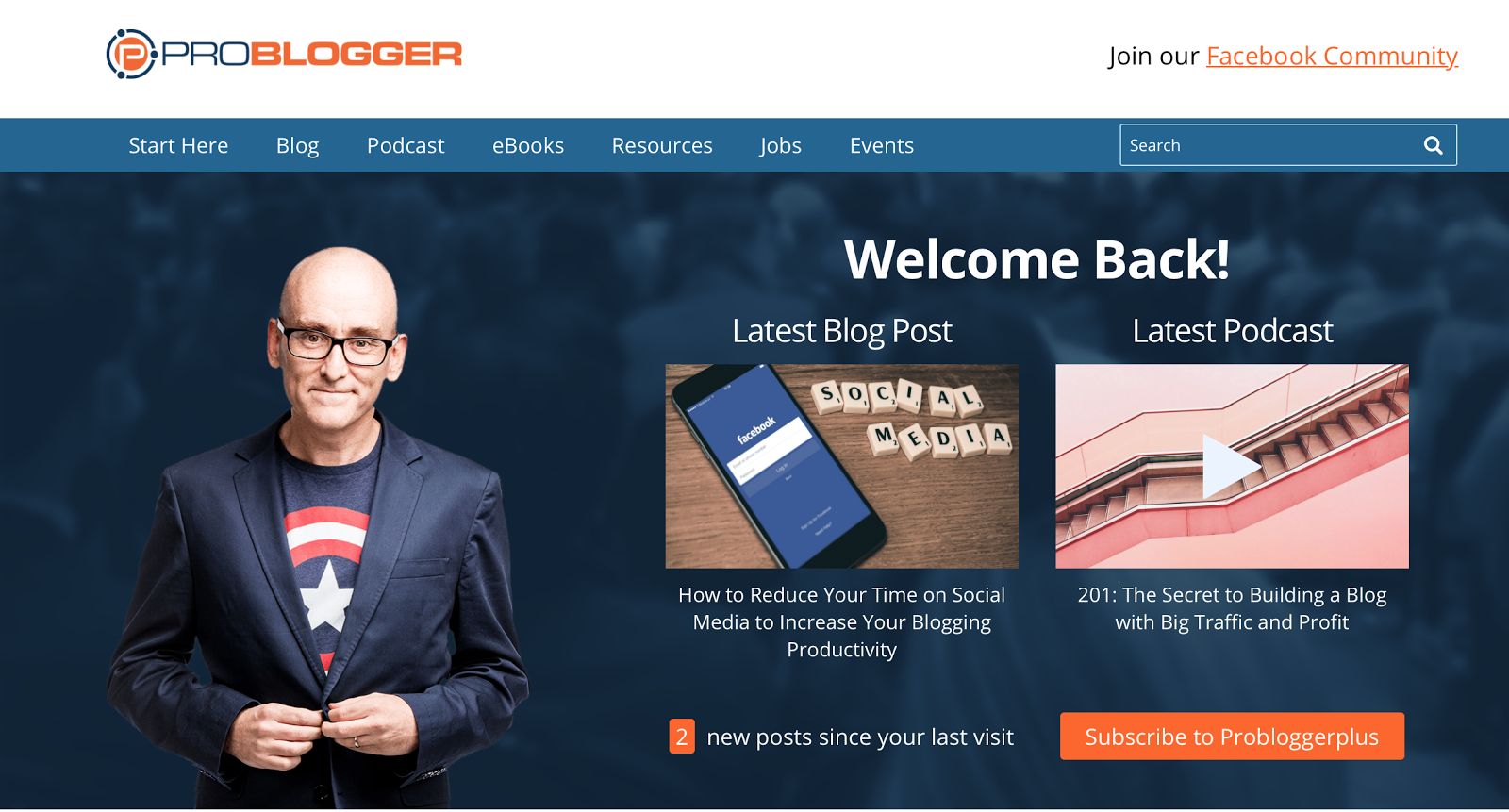
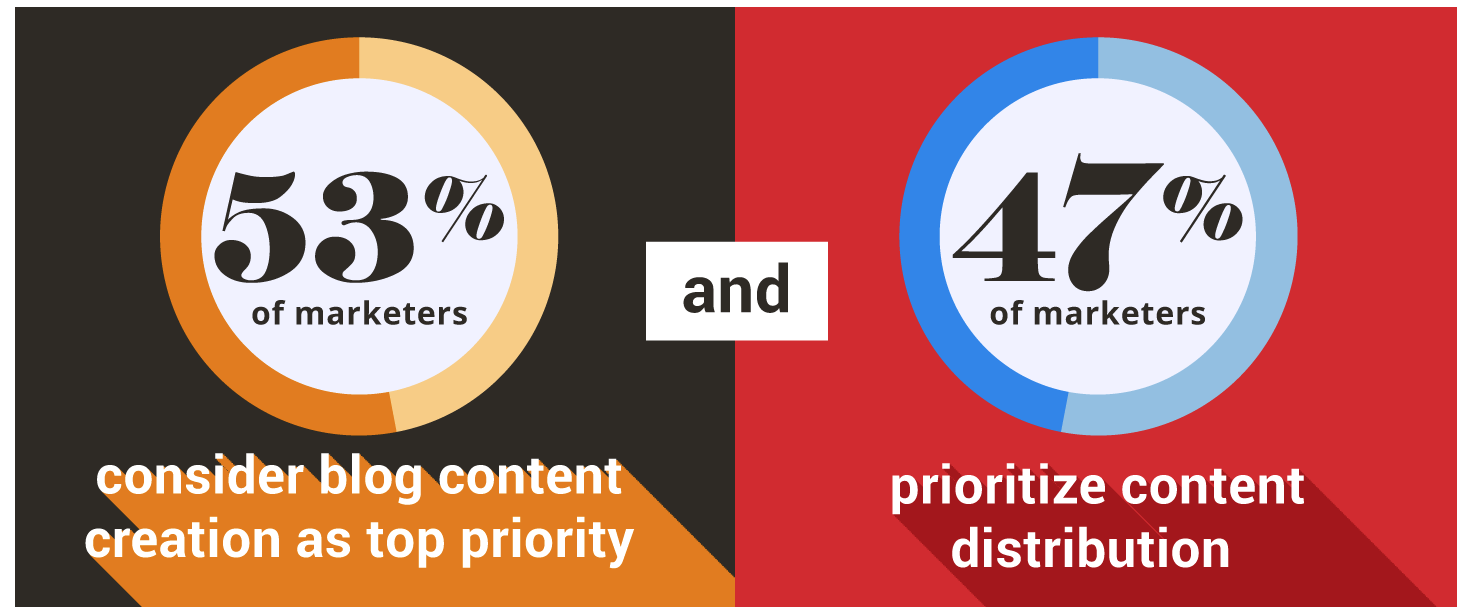
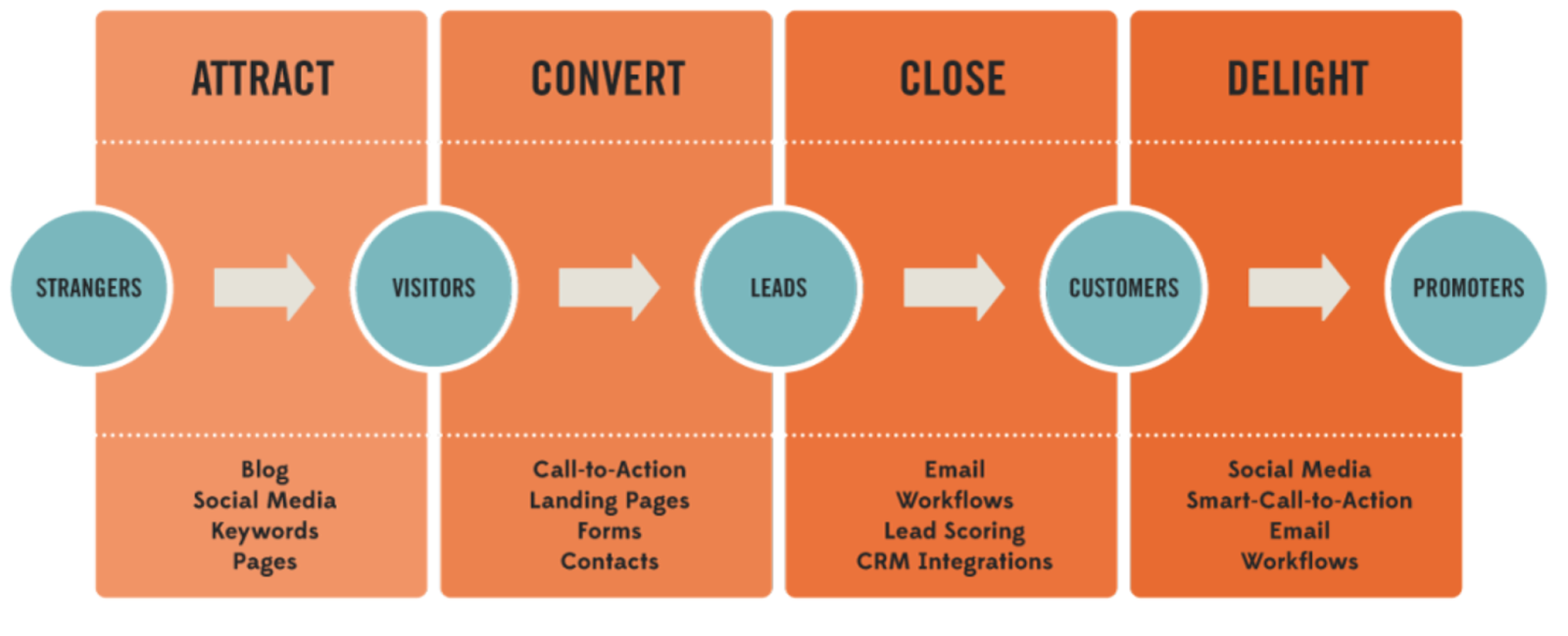
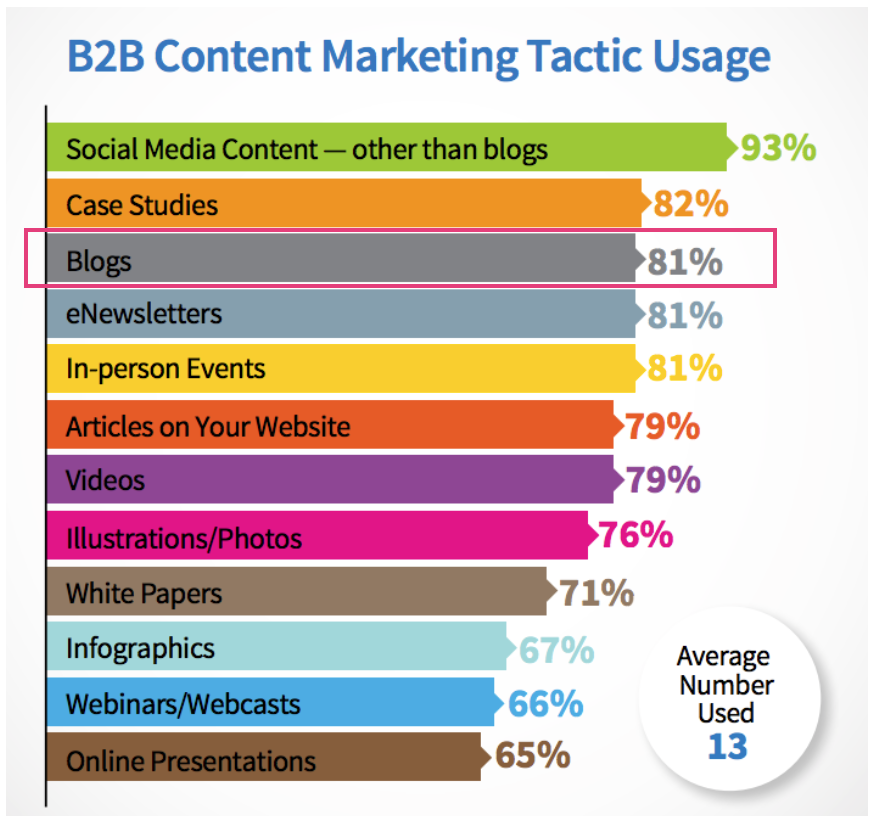
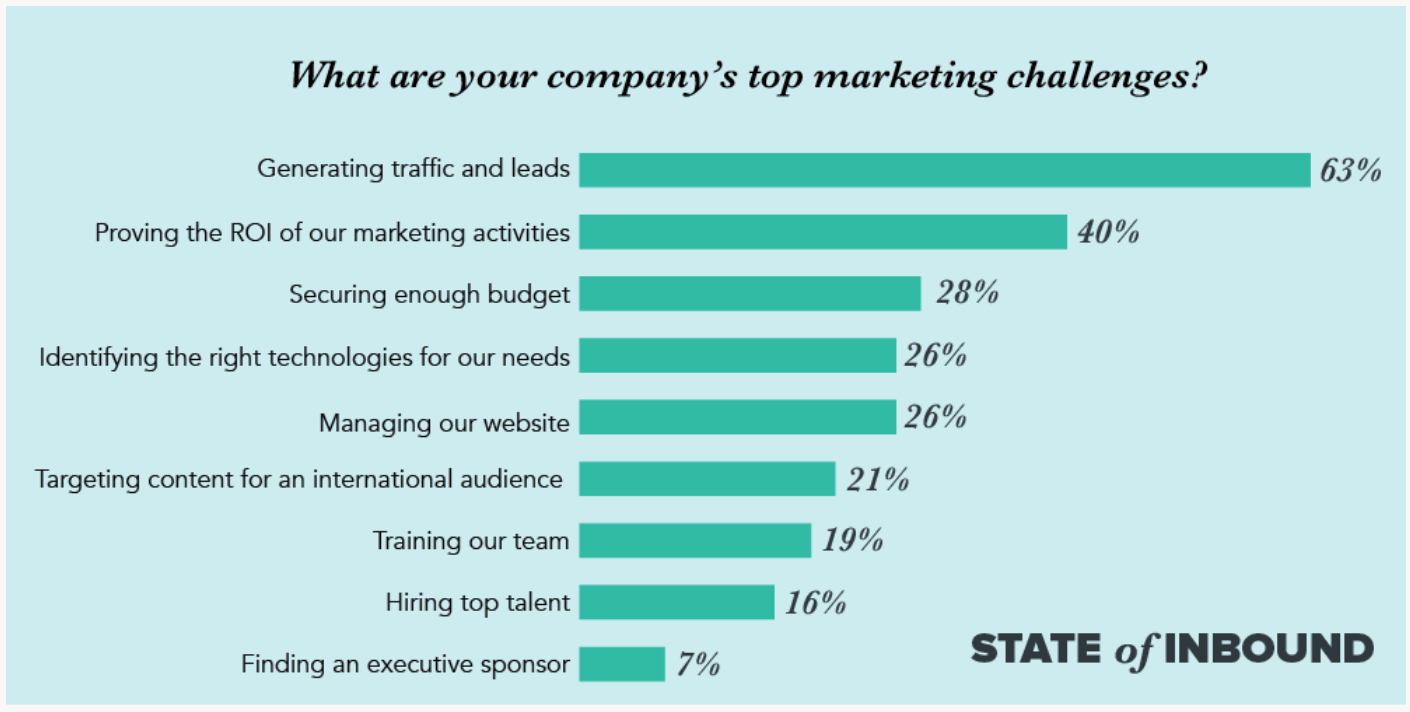
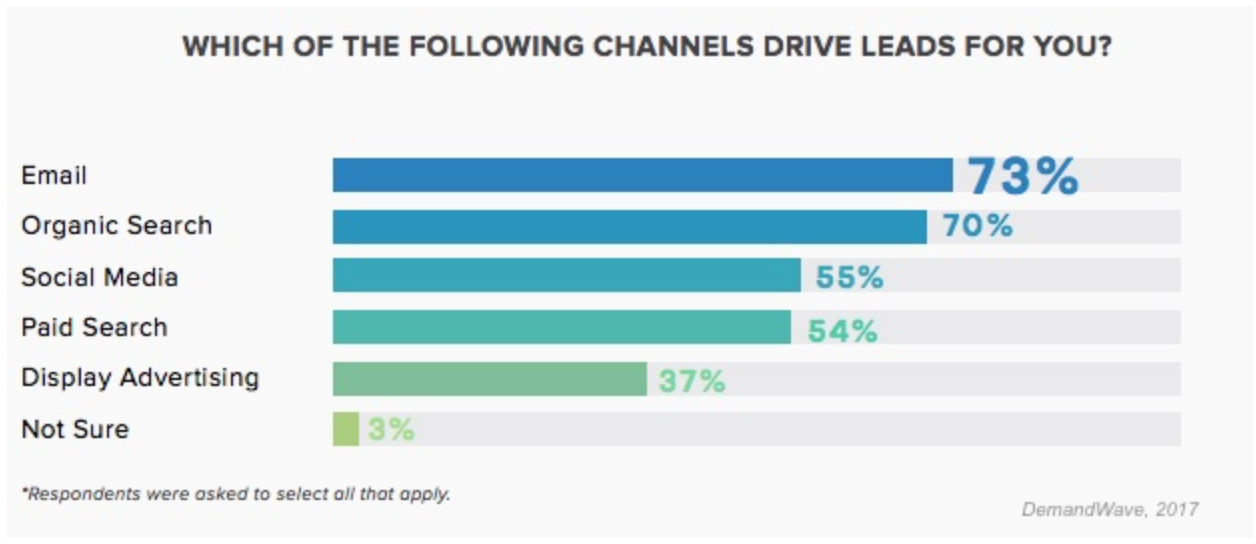
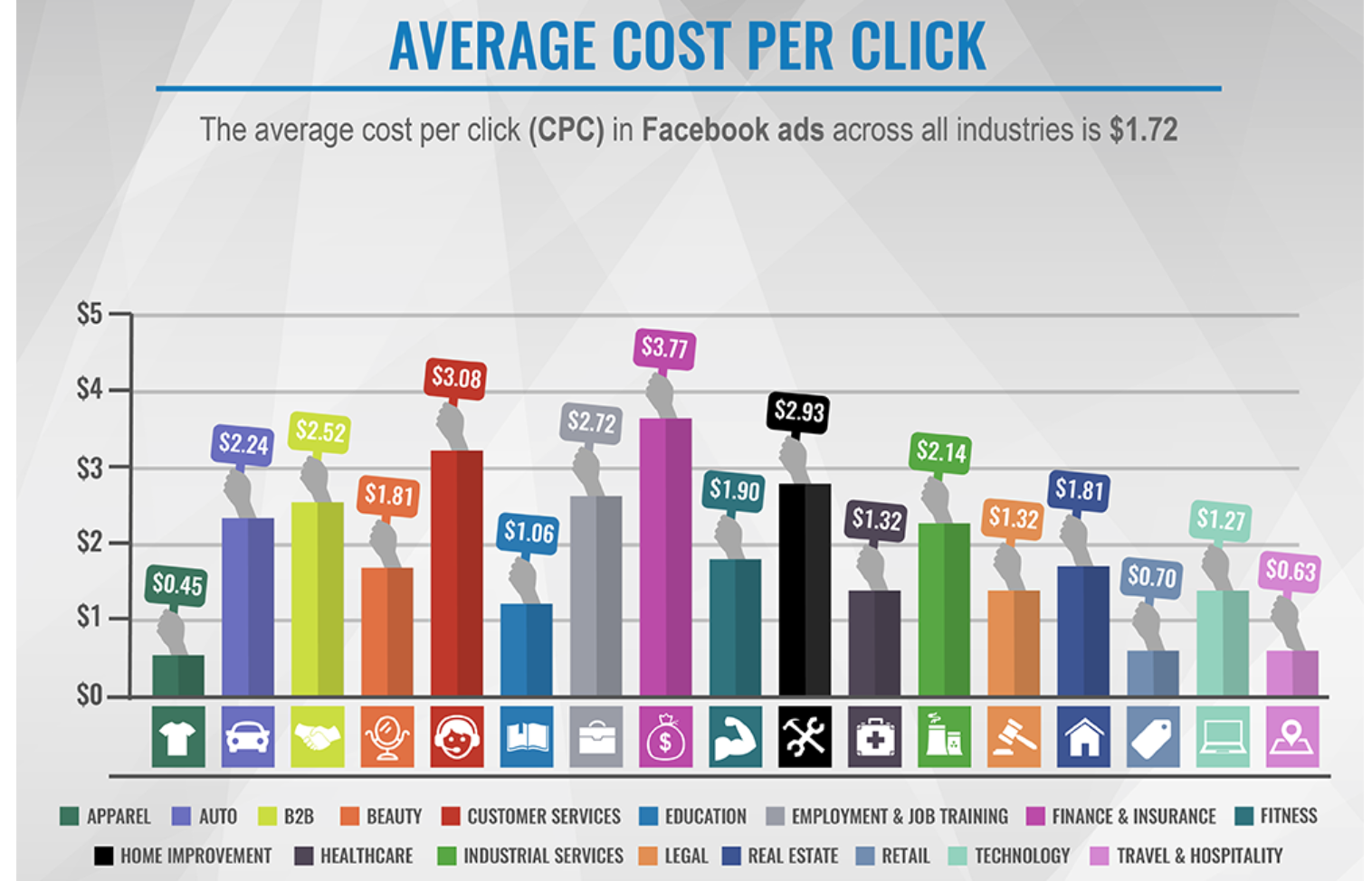
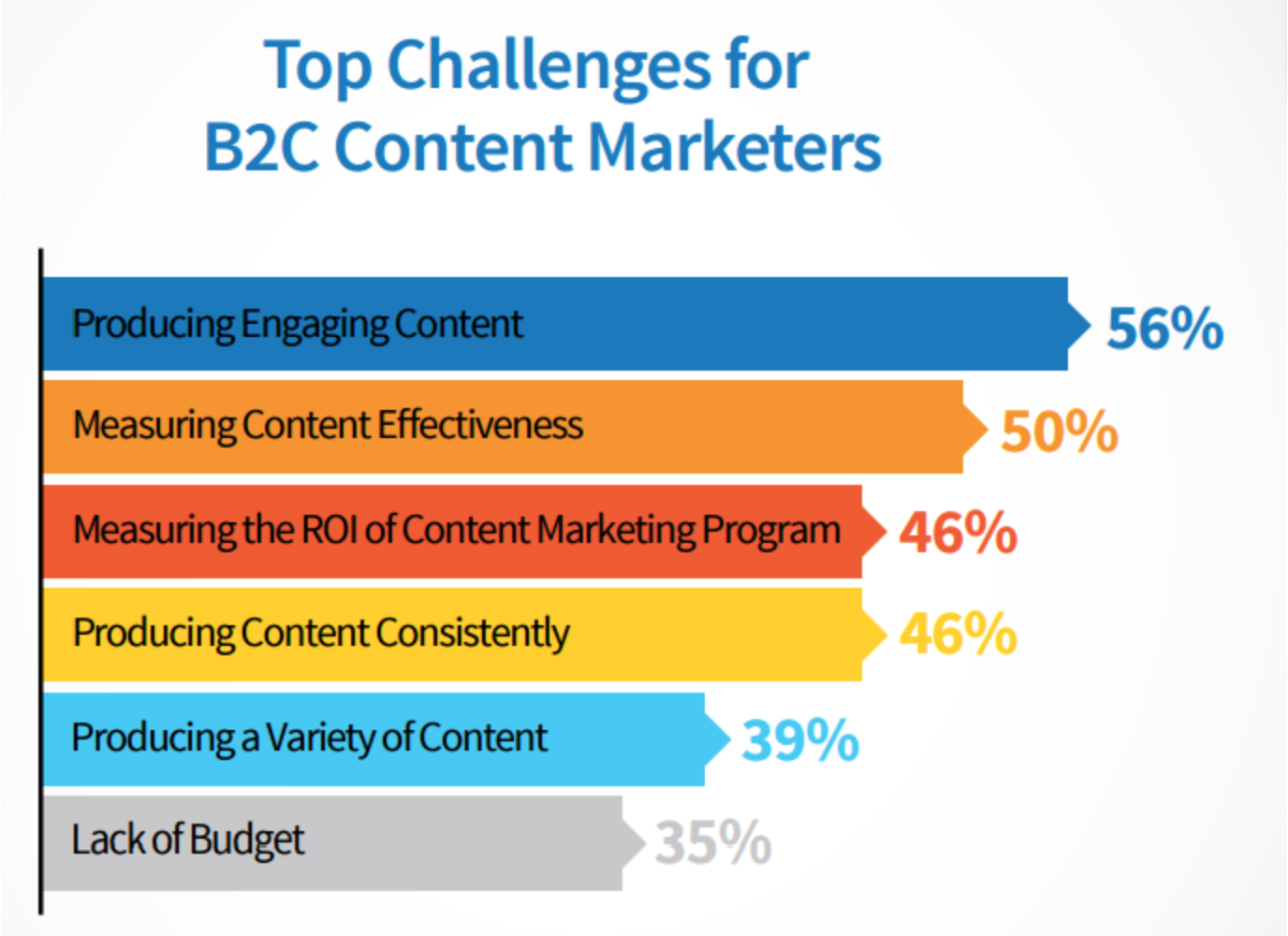
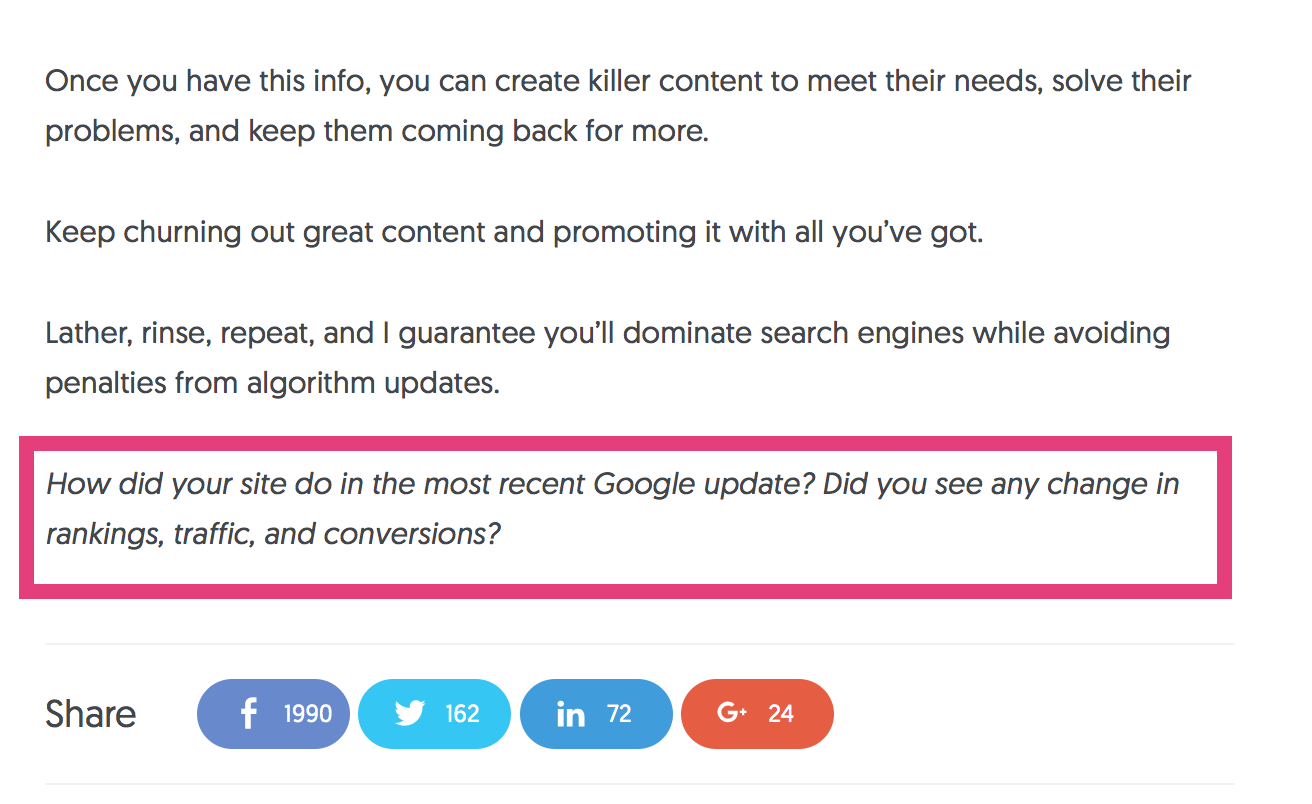
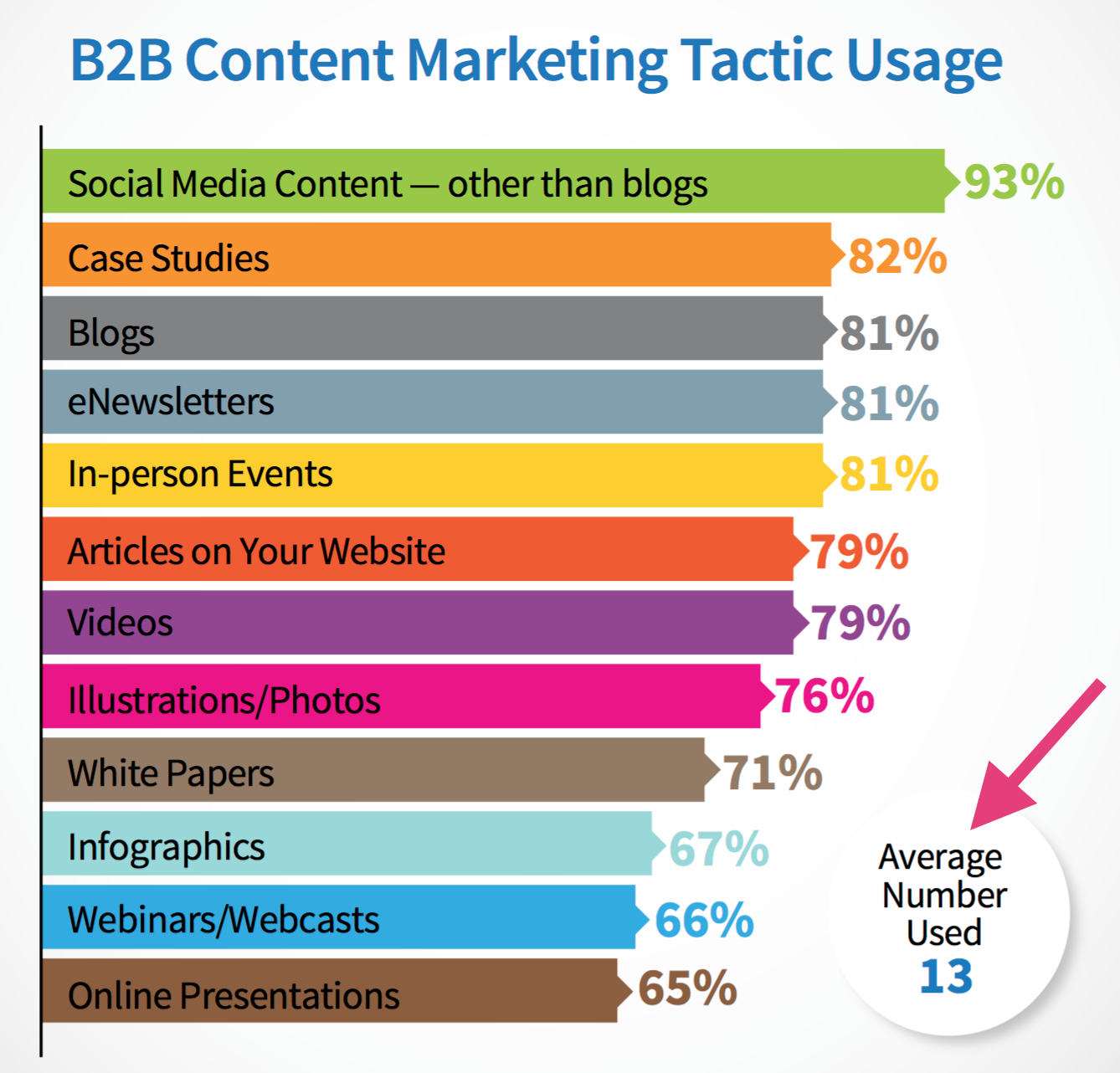

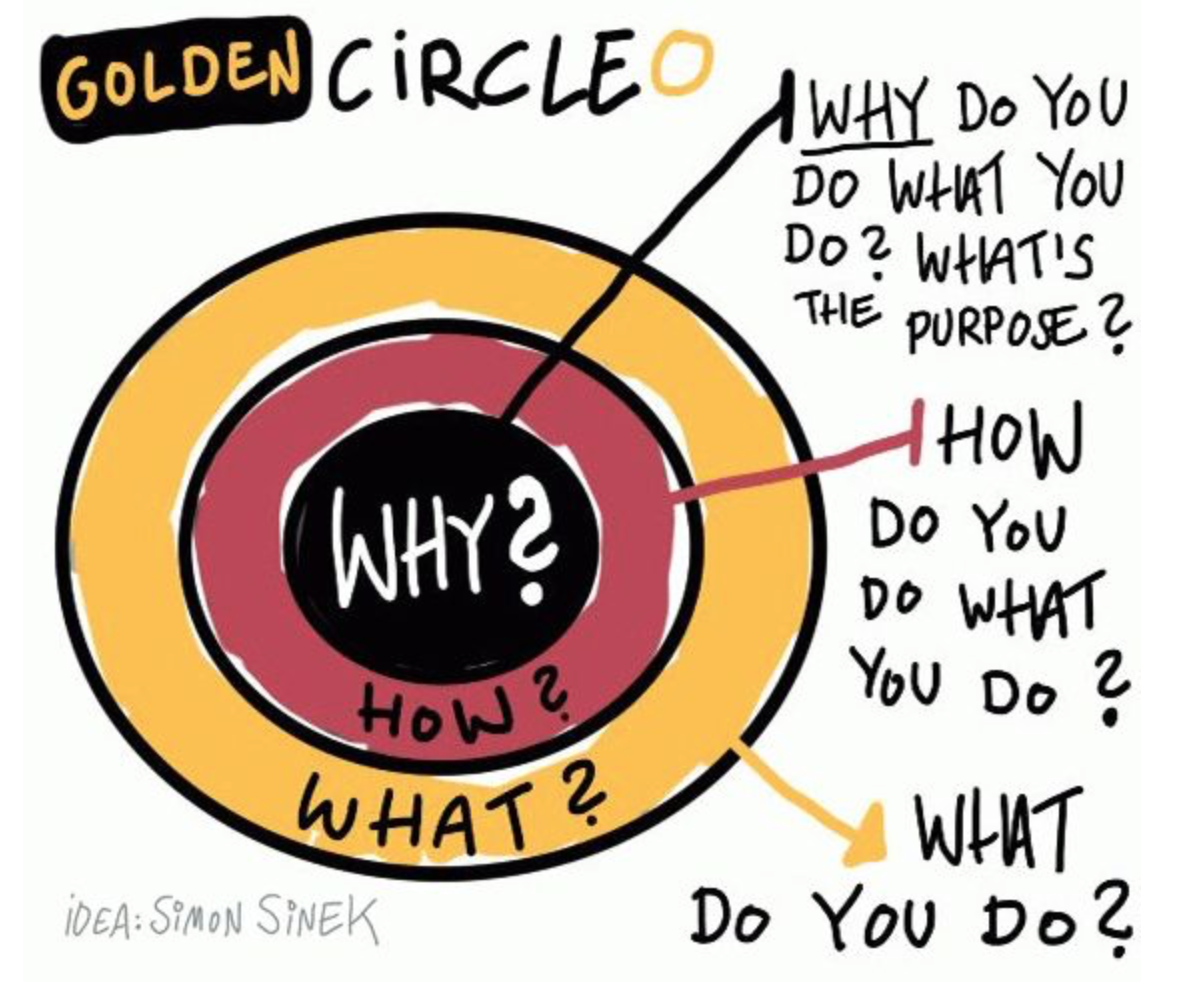
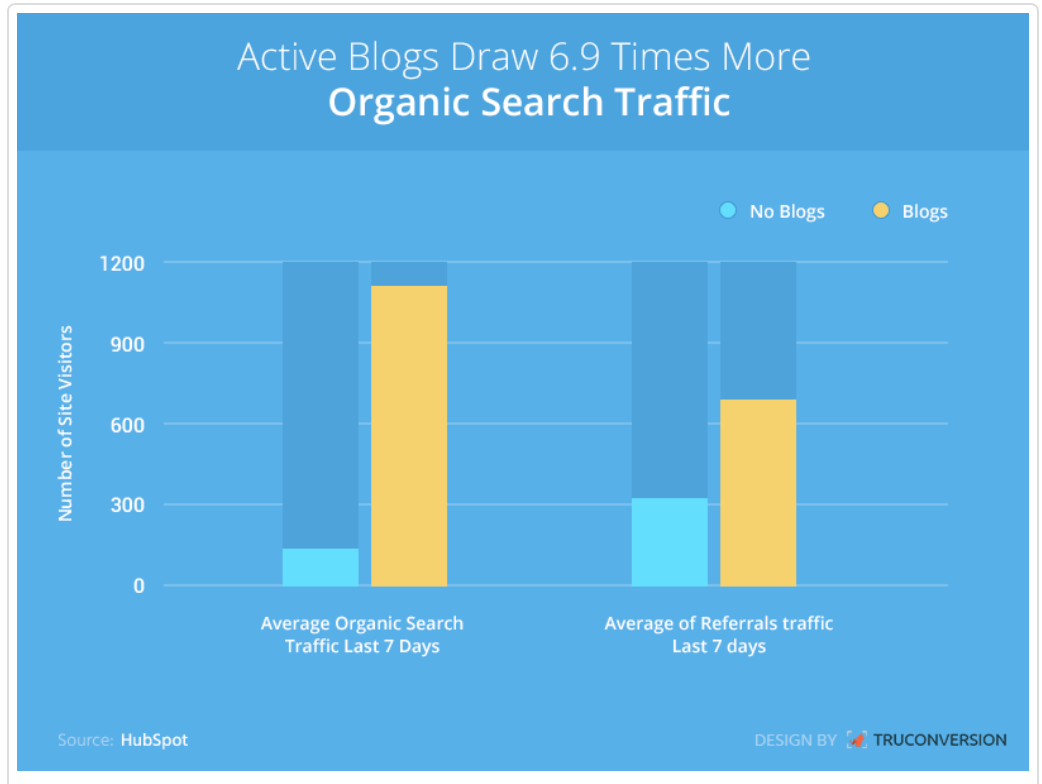
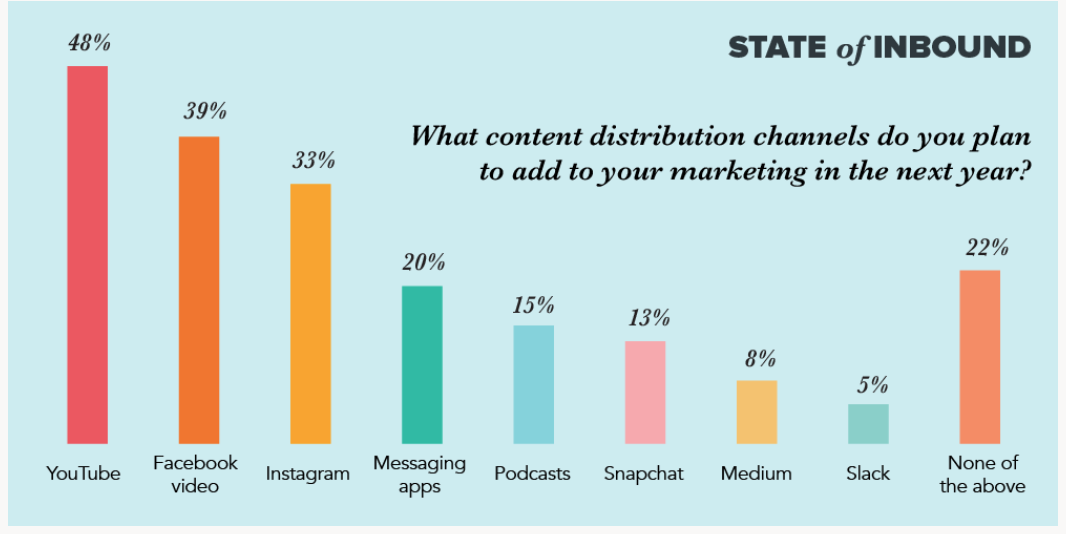
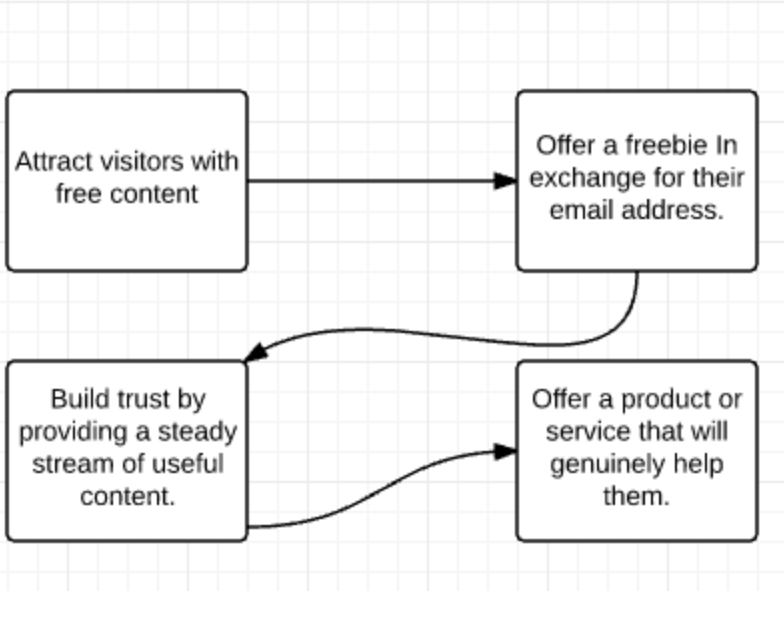
Comments (26)